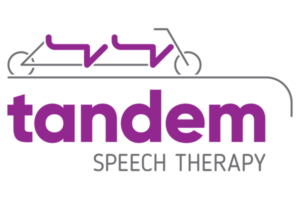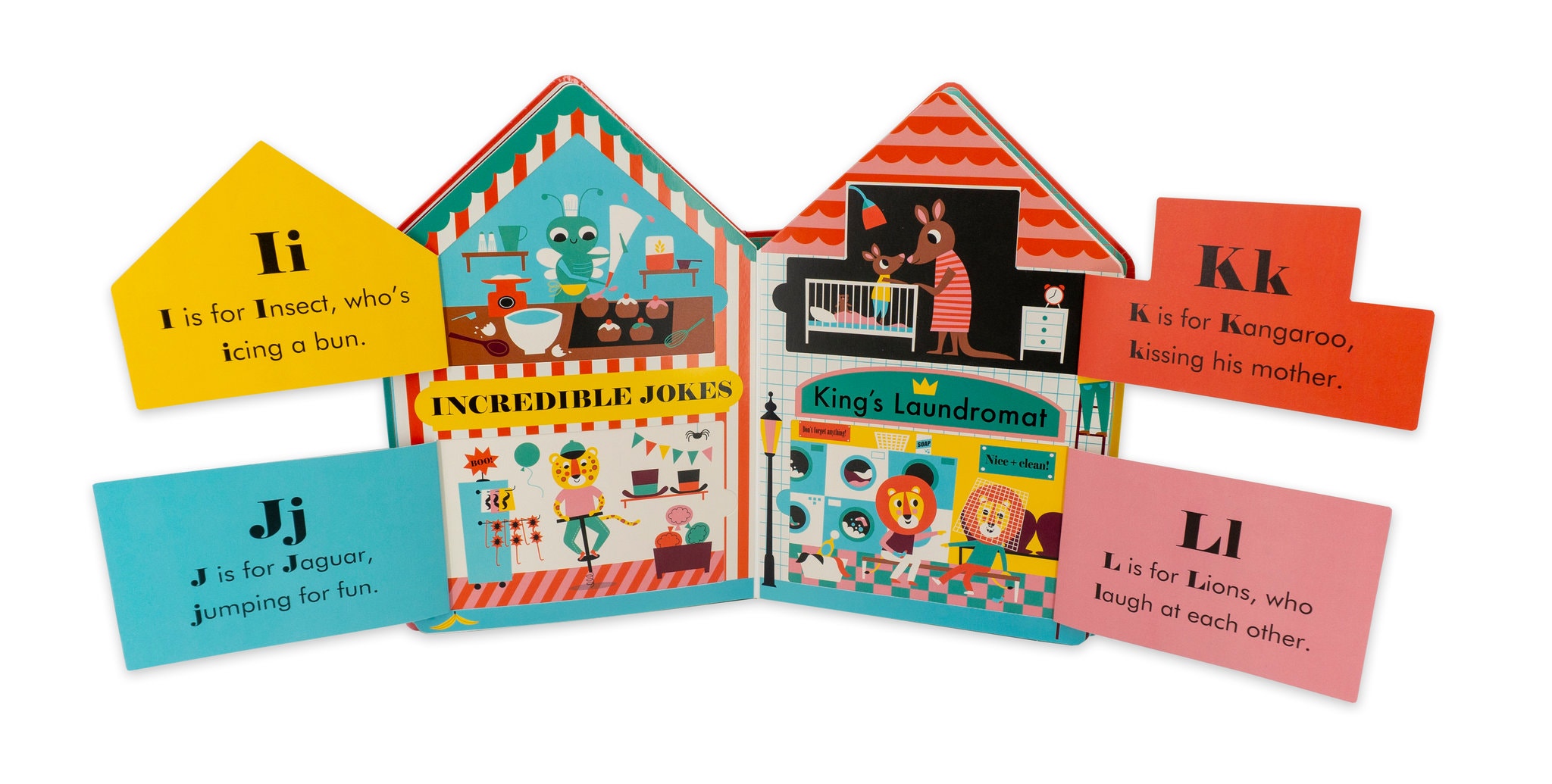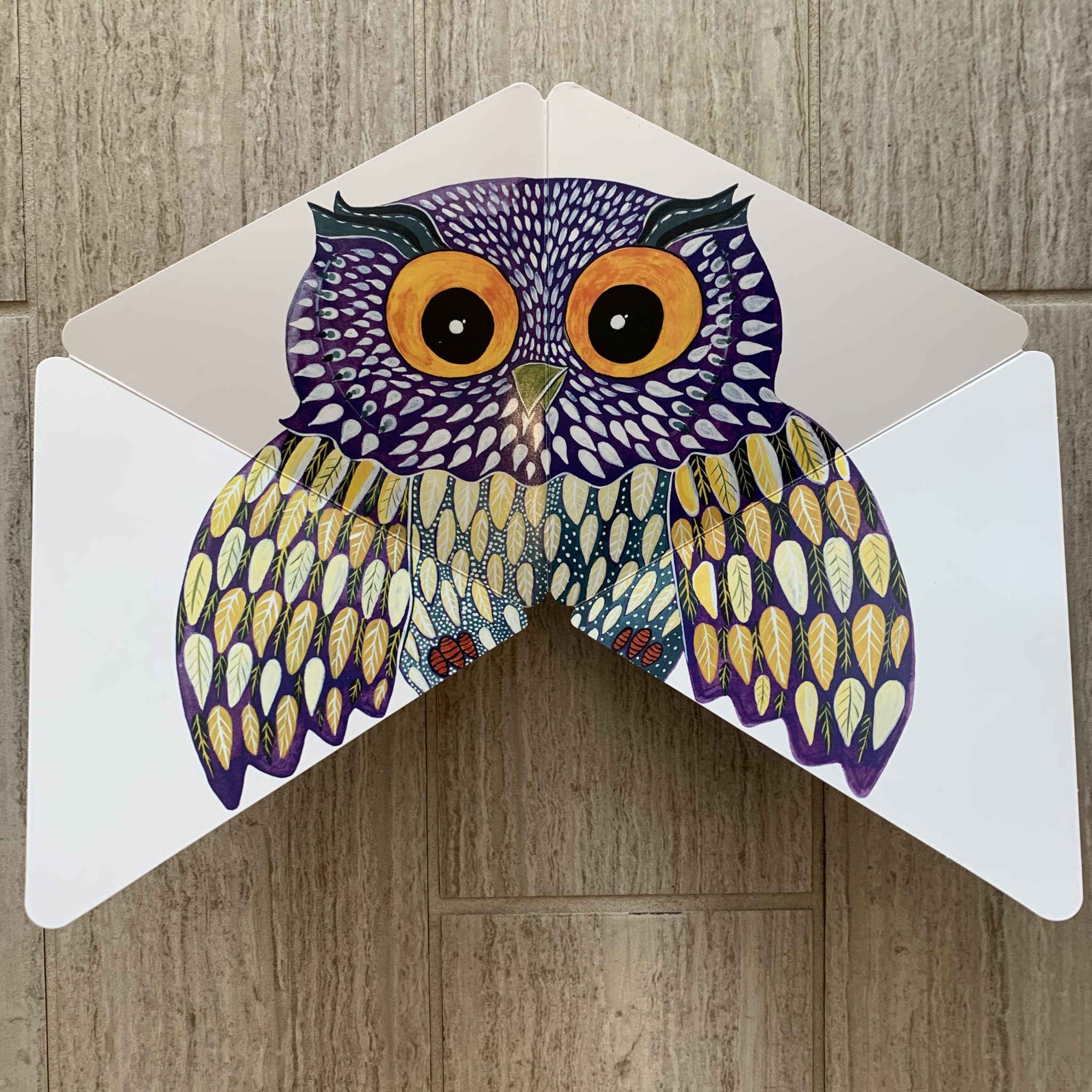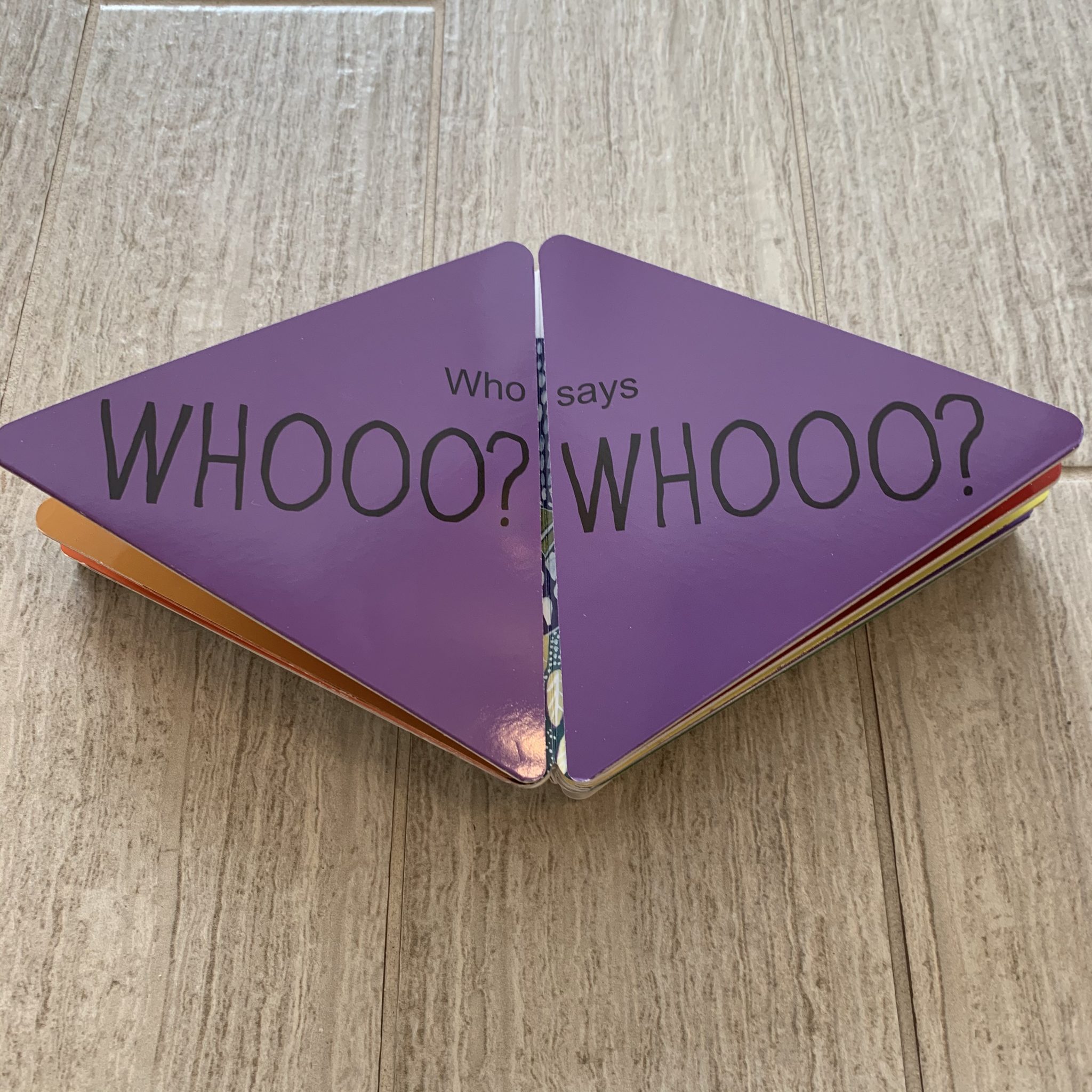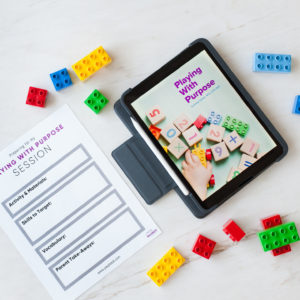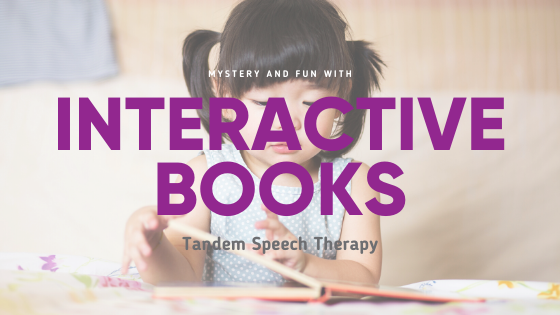
Even as an adult, nothing delights like reading a lift-the-flap book with one of my clients. There is something about the mystery of what we may find that is particularly appealing. And, interactive books add a multisensory element that we know is beneficial for brain development. When a child’s cognitive abilities are still developing, their brains intentionally seek out multisensory experiences. Research has shown that young kids who have exposure to books that engage more than one sense are more likely to have increased enthusiasm for reading and better comprehension skills.
Peek-a-boo books and pop-up books remind me of the cause and effect toys we play with our youngest children. Not only do they support early fine motor development but begin to teach the idea of object permanence–much like lift-the-flap and interactive books. Sigmund Freud described the “conceal-and-reveal games” that babies love as their attempt to master the distress they may experience with a parent’s disappearance and reappearance. What an exciting way to think about these activities!
I am happy to share some new and favorite interactive books to read with your babies, preschoolers, and more. Maybe you’ll even enjoy the mystery yourself.
Alphabet Street by Jonathan Emmett
Alphabet Street is a delightful interactive book, shaped like a building with a triangular roof. Each page has two flaps–one for the upper level of the house and one for the lower level, which is the store. The book has a lot of alliteration and descriptive vocabulary. You’ll see pictures of parents executing daily living tasks, a diverse group of people, and interesting animals. They provide many opportunities for working on increasing MLU or picture descriptions with other kids. A bonus is that the city can fold out accordion-style so you can stand it up for imaginative play.
Poke-a-Dot Series by Melissa & Doug
This series is a multisensory dream! And the ‘Old MacDonald’s Farm’ version is a particular favorite. For starters, the song that you can sing in conjunction with reading the story is perfect for our earliest talkers working to imitate or use CVCV shapes. The cow says “moo-moo” and the sheep says “baa-baa.” If it’s appropriate for the child you are reading with, this book counts down from 10 to 1 so you can build one-to-one correspondence and fine motor skills through the poking of the dots. And don’t forget about all the opportunities to model and pattern the word “pop” or “poke” which both begin with an early developing speech sound.
Peek-A-Who Too? by Elsa Mroziewicz
This uniquely shaped board book is filled with beautiful illustrations by the writer/illustrator. Each page opens from a triangle to reveal a new animal, with an opportunity to answer a “who” question and imitate an animal sound. The spreads open from the center with flaps that lift either up or down to form two diamonds, and Mroziewicz uses the book’s unusual shape to position the creatures in impressive ways and add that element of surprise. There is an owl who says “whoo-whoo,” a lion who says “rooaarrr,” a bee who says “buzz-buzz,” and so much more. The illustrations and positioning of the animals also make this book perfect for describing, and the flap opening is excellent for working on predictions. My favorite animal in the book is the crocodile, so read to the end, so you’re sure to find it!
The Button Book by Sally Nicholls
If you are a fan of Hervé Tullet’s Press Here or Mix It Up! then you will love The Button Book. The pages are filled with groups of animals that each gather around a different colored button and we are proposed with the question “I wonder what happens when you press it?” When reading we can help kids with their inferencing or prediction skills, using the pictures as clues. And if it’s appropriate, then it’s another opportunity to work on colors. All of the buttons have different functions so there are opportunities to address sequencing and memory too.
No matter which style of interactive book you choose–lift-the-flap, pop-up, seek-and-find, etc–they are sure to delight both you and the child you are reading with. There are countless opportunities to build many speech and language skills through Playing With Purpose. Or in this case…Reading With Purpose!
Start Playing With Purpose
Learn how to purposefully and intentionally interact with your child during play and help them increase opportunities for speech and language development with our Playing with Purpose book!
